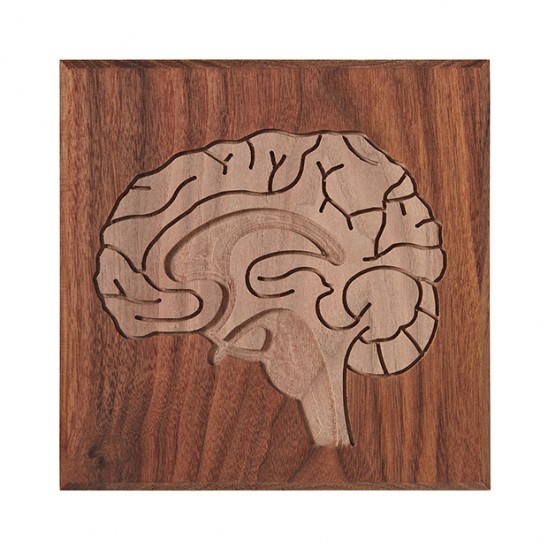 Pregnancy is no easy business—as your mother has probably pointed out many times (and as you may have reminded your own children). But among the many, often-uncomfortable changes that happen within a woman’s body during pregnancy, there is at least one unexpected plus side: a bigger brain. A team at the National Institute of Mental Health conducted MRI scans of women before and after birth, and found growth of gray matter in the parts of the brain that affect reasoning, judgment and sensory perception. So, remember all those times growing up, when your mom somehow knew what you were up to without having to be told? It wasn’t ESP. It was merely her mutant superpowers at work.
Pregnancy is no easy business—as your mother has probably pointed out many times (and as you may have reminded your own children). But among the many, often-uncomfortable changes that happen within a woman’s body during pregnancy, there is at least one unexpected plus side: a bigger brain. A team at the National Institute of Mental Health conducted MRI scans of women before and after birth, and found growth of gray matter in the parts of the brain that affect reasoning, judgment and sensory perception. So, remember all those times growing up, when your mom somehow knew what you were up to without having to be told? It wasn’t ESP. It was merely her mutant superpowers at work.
 Pretty much. Contrary to what she promised you at the dinner table, the assertion that carrots improve your eyesight is all part of a much more elaborate cover up. During WWII, German planes frequently made bombing runs over Great Britain. In response, the British set up a chain of radar stations across the southern coast of England so bombers could be detected and shot down before they reached land. This technology had to remain a secret, so the British intelligence service began a propaganda campaign that credited the incredible eyesight of soldiers for the improved defense. RAF fighter pilot John Cunningham was dubbed “Cat’s Eyes” for his ability to spot bombers in the dead of night, a talent owed to his carrot-heavy diet.
Pretty much. Contrary to what she promised you at the dinner table, the assertion that carrots improve your eyesight is all part of a much more elaborate cover up. During WWII, German planes frequently made bombing runs over Great Britain. In response, the British set up a chain of radar stations across the southern coast of England so bombers could be detected and shot down before they reached land. This technology had to remain a secret, so the British intelligence service began a propaganda campaign that credited the incredible eyesight of soldiers for the improved defense. RAF fighter pilot John Cunningham was dubbed “Cat’s Eyes” for his ability to spot bombers in the dead of night, a talent owed to his carrot-heavy diet.
This campaign spilled over to the Ministry of Food, which began producing root vegetable cooking pamphlets, along with a mascot named Dr. Carrot (motto: Carrots keep you healthy and help you see in a blackout!) Needless to say, people bought into this hyperbole-style advertising, and the cycle continued right up into your childhood dinners. But don’t despair; carrot’s beta-carotene is an important precursor for Vitamin A, which is good for your overall eye health. And while a Vitamin A deficiency can lead to night blindness, stocking up on it won’t do much about your prescription or your ability to see superhuman distances. Good thing mom raised you to do your research.
 You did. Or at least, you and billions of other babies around the world and across time. “Ma” is one of the earliest vocalized sounds a baby makes on its way to learning speech, and it requires lip movement similar to that of nursing. It’s no wonder, then, that most languages have some variation on the M sound in their words for “mother”: mamá (Spanish), maminka (Czech), eomma (Korean), umama (Zulu), etc. The name “Dad” is likely also derived from baby talk, but arrives in second place. The D sound is known as a “dental consonant”, is difficult to form until the baby’s upper front teeth have grown in.
You did. Or at least, you and billions of other babies around the world and across time. “Ma” is one of the earliest vocalized sounds a baby makes on its way to learning speech, and it requires lip movement similar to that of nursing. It’s no wonder, then, that most languages have some variation on the M sound in their words for “mother”: mamá (Spanish), maminka (Czech), eomma (Korean), umama (Zulu), etc. The name “Dad” is likely also derived from baby talk, but arrives in second place. The D sound is known as a “dental consonant”, is difficult to form until the baby’s upper front teeth have grown in.
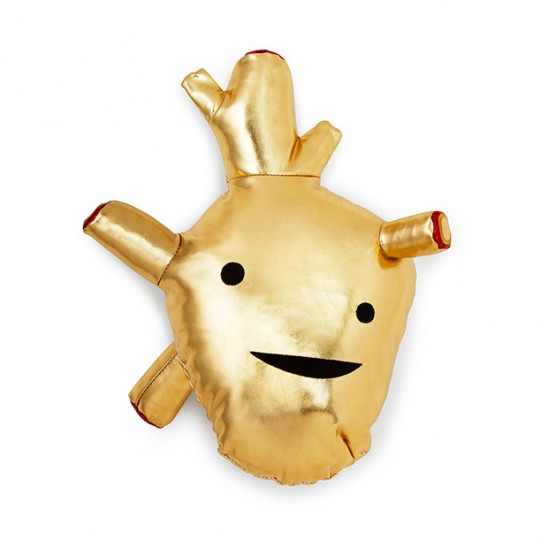 They don’t. No one does. Blood does vary in color—but only from bright red to dark red. The fact that some blood vessels appear blue beneath the skin is actually trick of the light. Much in the same way that the ocean looks blue even though water itself has no color, when light passes through the outer layers of our skin and bounces off a blood vessel, the frequency most likely to bounce back out to our eyes is blue. That does not have any effect on the color of the blood itself. However, this misconception has long been a tool for supporting class distinction. Starting as far back as medieval Spain, being able to see veins of “sangre azul” beneath pale skin was a mark of a privileged, sheltered life that was unavailable to the sun-tanned working class. And though now we live in an age where sun-starved office workers dream of luxuriating out on the beach somewhere, our blue-blooded illusion of the upper class remains.
They don’t. No one does. Blood does vary in color—but only from bright red to dark red. The fact that some blood vessels appear blue beneath the skin is actually trick of the light. Much in the same way that the ocean looks blue even though water itself has no color, when light passes through the outer layers of our skin and bounces off a blood vessel, the frequency most likely to bounce back out to our eyes is blue. That does not have any effect on the color of the blood itself. However, this misconception has long been a tool for supporting class distinction. Starting as far back as medieval Spain, being able to see veins of “sangre azul” beneath pale skin was a mark of a privileged, sheltered life that was unavailable to the sun-tanned working class. And though now we live in an age where sun-starved office workers dream of luxuriating out on the beach somewhere, our blue-blooded illusion of the upper class remains.
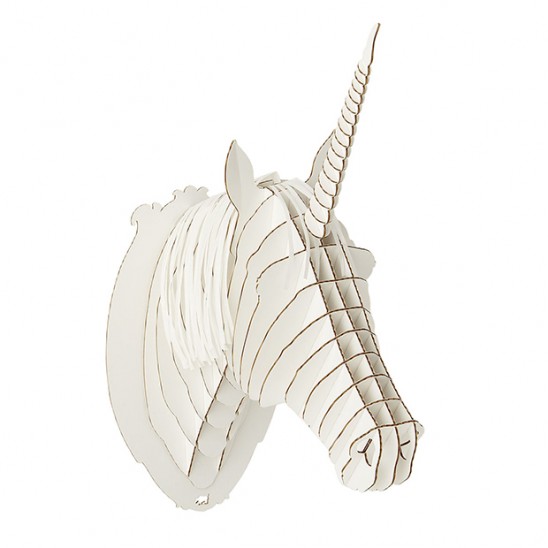 If not, perhaps you should reconsider. Astronomer Charles Messier first discovered the Trifid Nebula in 1764. The name means “three-lobed,” referring to the nebula’s general shape. However, it wasn’t until the Hubble Space Telescope got a good look at it in the ‘90s that we spotted the Trifid’s most enchanting feature. That would be the space unicorn. In the same way that you might look up to find a cloud that looks like an elephant or a duck, one corner of this particular cloud of gas has taken on the shape of a unicorn. An ear and nose are visible, draped by its flowing mane, as the great beast looks away from us. And of course there’s the horn, extending .75 light years long and created by a stellar jet.
If not, perhaps you should reconsider. Astronomer Charles Messier first discovered the Trifid Nebula in 1764. The name means “three-lobed,” referring to the nebula’s general shape. However, it wasn’t until the Hubble Space Telescope got a good look at it in the ‘90s that we spotted the Trifid’s most enchanting feature. That would be the space unicorn. In the same way that you might look up to find a cloud that looks like an elephant or a duck, one corner of this particular cloud of gas has taken on the shape of a unicorn. An ear and nose are visible, draped by its flowing mane, as the great beast looks away from us. And of course there’s the horn, extending .75 light years long and created by a stellar jet.
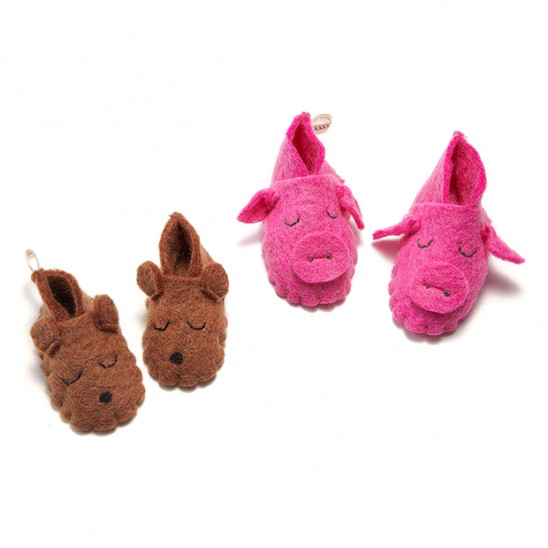 It kind of makes sense that piggy banks are shaped like pigs, because the pig is a traditional symbol of wealth and abundance in some cultures. But in fact, piggy banks were around long before they began to be shaped like pigs. That’s because “pig” was once “pygg”—a kind of cheap, orange-colored clay that was used for household vessels and kitchen pots. Before banking became common, people would simply store their money in a pygg jar. Over time, people became more familiar with pigs (the animal) than with pig (the substance), resulting in banks that are shaped like pigs while not being made of the substance they were named for. Perhaps, though, the next most fitting material for a piggy bank would be porcelain: the word porcelain comes from the Italian word for “cowrie shell”, which in turn was derived from the Latin word porcellus—which means “little pig.”
It kind of makes sense that piggy banks are shaped like pigs, because the pig is a traditional symbol of wealth and abundance in some cultures. But in fact, piggy banks were around long before they began to be shaped like pigs. That’s because “pig” was once “pygg”—a kind of cheap, orange-colored clay that was used for household vessels and kitchen pots. Before banking became common, people would simply store their money in a pygg jar. Over time, people became more familiar with pigs (the animal) than with pig (the substance), resulting in banks that are shaped like pigs while not being made of the substance they were named for. Perhaps, though, the next most fitting material for a piggy bank would be porcelain: the word porcelain comes from the Italian word for “cowrie shell”, which in turn was derived from the Latin word porcellus—which means “little pig.”
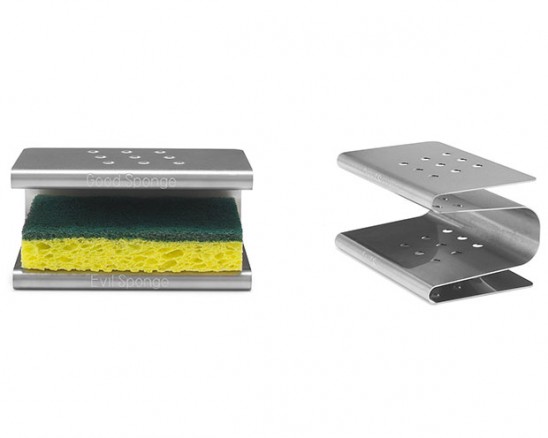 The term “spring fever” may conjure images of children bursting to get outside and play in the newly-pleasant weather, or even romantic couples swooning over each other. But the real spring fever is almost the exact opposite of those things, characterized by lack of energy and depressed mood. It’s not contagious, however. While there is medical debate about the causes of spring fever, the problem arises from how your body is adjusting to the change of season, rather than a virus. One possible cause, for example, is that, during the dark days of winter, your body has used up its reserves of serotonin, a hormone that promotes positive moods. As the days get longer and you get more exposure to sunlight, your body kicks into hormone production mode again, but that initial boom in production actually uses a lot of energy, leaving your body feeling temporarily sapped. Another theory is that rising temperatures case your blood vessels to expand, resulting in a drop in blood pressure. But whatever the cause, there is one certain cure: summer.
The term “spring fever” may conjure images of children bursting to get outside and play in the newly-pleasant weather, or even romantic couples swooning over each other. But the real spring fever is almost the exact opposite of those things, characterized by lack of energy and depressed mood. It’s not contagious, however. While there is medical debate about the causes of spring fever, the problem arises from how your body is adjusting to the change of season, rather than a virus. One possible cause, for example, is that, during the dark days of winter, your body has used up its reserves of serotonin, a hormone that promotes positive moods. As the days get longer and you get more exposure to sunlight, your body kicks into hormone production mode again, but that initial boom in production actually uses a lot of energy, leaving your body feeling temporarily sapped. Another theory is that rising temperatures case your blood vessels to expand, resulting in a drop in blood pressure. But whatever the cause, there is one certain cure: summer.
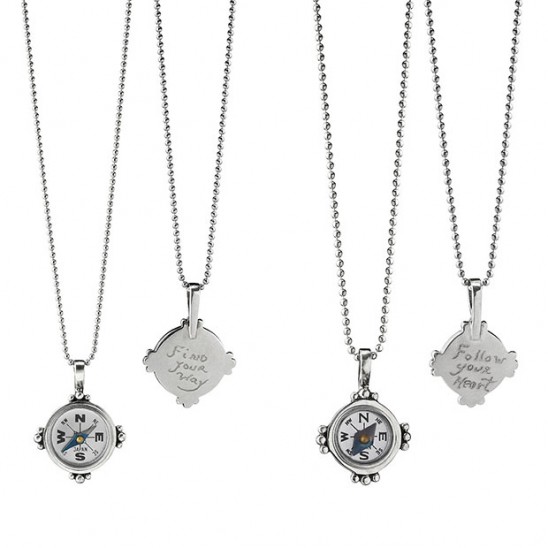 We pretty much take it for granted that, when we spread a map out on a table, the top of the paper is going to be north. But if you think about it, there’s no absolute reason that should be the case. In fact, ancient Egyptian cartographers positioned south at the top of world, possibly because of the south-to-north flow of the Nile River. During the Middle Ages, map-makers based their work on both the rising of the sun and Christian symbolism to place east at the top of the map. This dominance of the east is why, today, we talk about using a map to “orient” ourselves. But our modern, north-focused perspective ultimately goes all the way back to Ptolemy, from second century Egypt, whose beautifully detailed charts of the known world, complete with latitude and longitude reflecting the curvature of the earth, placed north at the top. It is unknown why he chose this layout, but his work was so influential on mapmakers throughout the centuries that followed, that he literally changed the way we view the world today.
We pretty much take it for granted that, when we spread a map out on a table, the top of the paper is going to be north. But if you think about it, there’s no absolute reason that should be the case. In fact, ancient Egyptian cartographers positioned south at the top of world, possibly because of the south-to-north flow of the Nile River. During the Middle Ages, map-makers based their work on both the rising of the sun and Christian symbolism to place east at the top of the map. This dominance of the east is why, today, we talk about using a map to “orient” ourselves. But our modern, north-focused perspective ultimately goes all the way back to Ptolemy, from second century Egypt, whose beautifully detailed charts of the known world, complete with latitude and longitude reflecting the curvature of the earth, placed north at the top. It is unknown why he chose this layout, but his work was so influential on mapmakers throughout the centuries that followed, that he literally changed the way we view the world today.
Hand Engraved Compass Necklaces by Kevin & Deborah Healy, $140
